Over the recent years, many Orang Asli have had to transition from forest hunting and gathering to agriculture as their main source of livelihood. This has been sorely caused by the extensive deforestation surrounding their villages which disables them from collecting produce.
When the villagers ventured into other means of survival, they focused their time and energy on cash crops such as rubber trees and oil palm plantations, however, only to take home minimal returns.
Throughout the seven years of working with the Orang Asli in Rompin, we found many of the families impoverished, living with close to nothing. Trying to put food on the table was an everyday struggle which led to them resorting to very limited choices such as pucuk ubi, keledek, ubi kayu and plain rice.
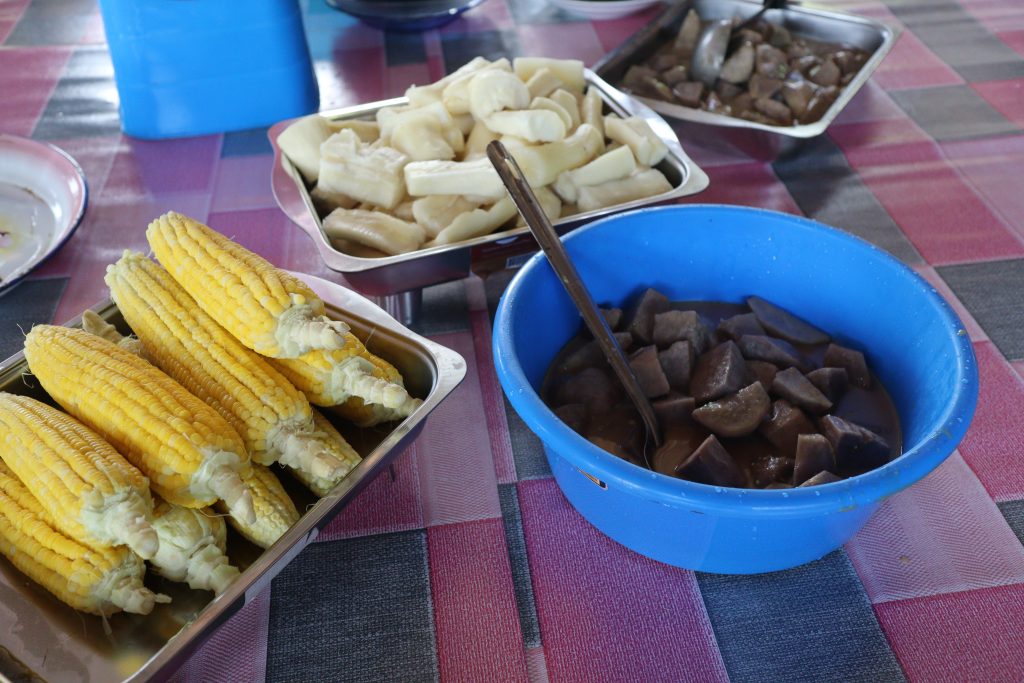
The situation was further exacerbated after the first lockdown in 2020 due to the Covid-19 pandemic as they started to lose the little income they were getting. We came to realise how chronic the issue was as the undernourishment was affecting their wellbeing, especially the growth and health of children.
A sustainable solution
Because of this situation, we decided to help the Orang Asli to look for a sustainable solution – food farming.
As our first trial, we started a small-scale vegetable farming project in partnership with Langit. Throughout the implementation of the project in 6 villages, we noticed the Orang Asli’s keen interest in food farming. Many of them wanted to farm their own food but daunting challenges such as degraded soil, lack of know-how and capital came in the way.

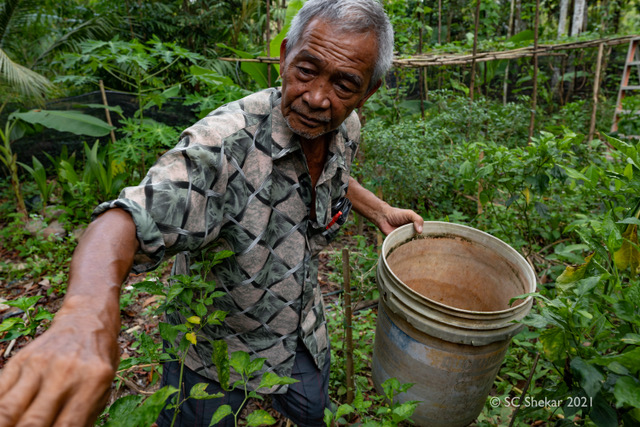
As a result, we started to look for additional ways to scale up their farming. After months of research and discussion, we found the Syntropic Agroforestry farming method, an ideal and sustainable approach for the Orang Asli to implement. Fortunately for us, we managed to find A Little Wild, a farm in Johor which practices this method successfully and reached out to them for further guidance.
“We found that the Syntropic Agroforestry method of farming is a fantastic way to grow a forest which will eventually give the Orang Asli their natural ecosystem back…We hope to continue to work with ALW to develop more agroforests within OA villages.”
Dr. Teh, CEO, Global Peace Foundation Malaysia
Why Regenerative Farming?
Syntropic Agroforestry (SA) is a type of regenerative farming method – a practice that among other benefits, reverses climate change by rebuilding soil organic matter and restoring degraded soil. Apart from that, it also results in a carbon drawdown and is low-cost to maintain. It is basically driven by the power of natural succession and produces in abundance.
This method of farming is especially suitable for the Orang Asli farmers as it helps re-grow the forest that has been lost, regenerates their soil and is low cost as it is not dependent on fertilisers and chemical pesticides (like mainstream farming).
It also allows diverse planting whereby many different food trees can be planted together in one plot, providing a big range of produce. Some of the trees include corn, papaya, banana, okra, moringa, jackfruit, coconut and mango.
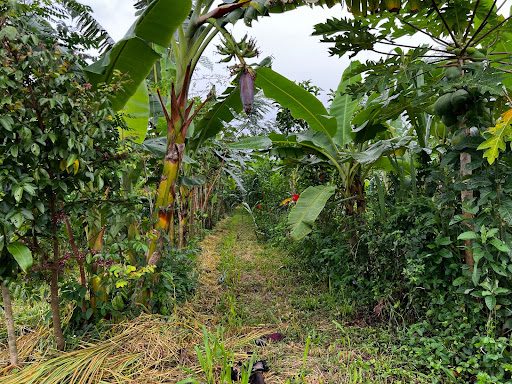

What makes regenerative farming worthwhile is its high level of sustainability. The land that is used becomes healthier and better after every crop cycle. It will be able to provide its own fertiliser, irrigation and fight diseases, all with minimal care and management from the farmer, in time to come.
Before the Orang Asli farmers embark on this journey, we provide them with training at Kota Tinggi. The trainers from A Little Wild, Will and Imran, prepare hands-on modules for the farmers so that they understand and apply the principles of SA in their respective plots back in their villages.


There is hope for a fruitful future
The OA farmers are hopeful. Despite initial challenges of unhealthy and unsuitable soil, the village farmers of Kg. Guntum Minum Cempedak and Kg. Bukit Biru have now witnessed a growth spurt in their plot.
“I am more confident that my trees will grow now after using the SA method. It’s more suitable for the plants.”
Pak Borhan, Kg. Guntum Minum Cempedak
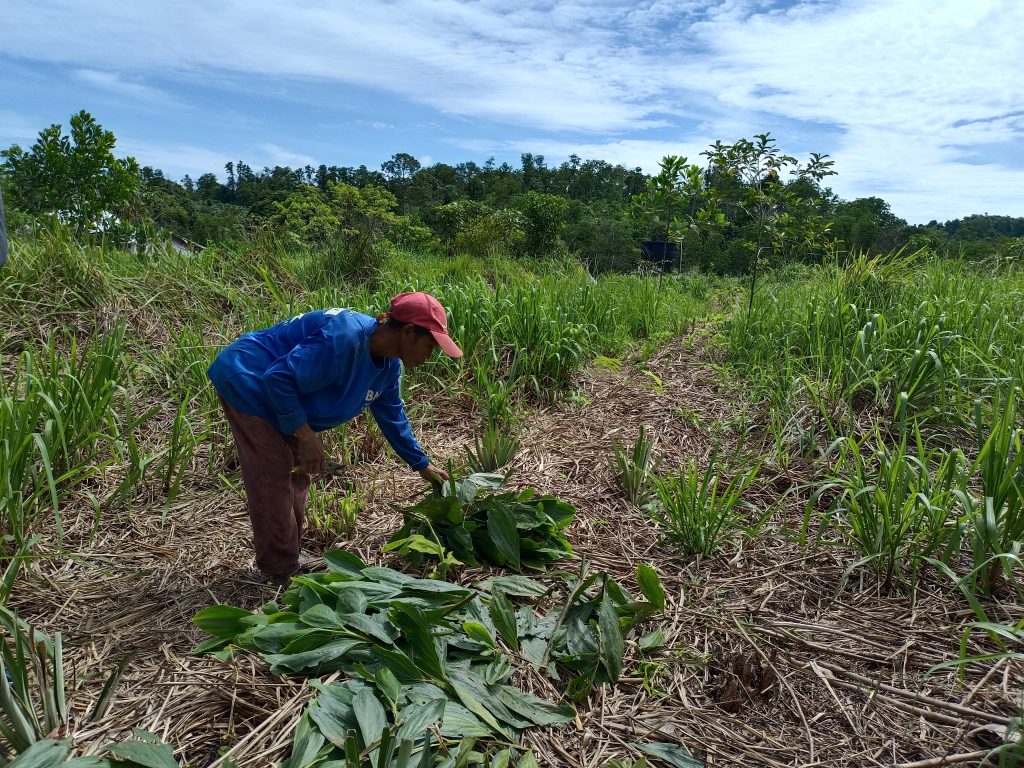

Pak Atan from Kg. Petoh faced serious issues of pests in their previous farming efforts, but now, his plants are growing healthily after adopting the SA method.
“We used to have a terrible problem with insects before this. There used to be many holes in the leaves and the plants would not grow after a while. But now after following the SA principles, my trees and plants grow healthily and can produce fruits. Even if there are insects, there’s no problem.”
Pak Tan, Kg. Petoh
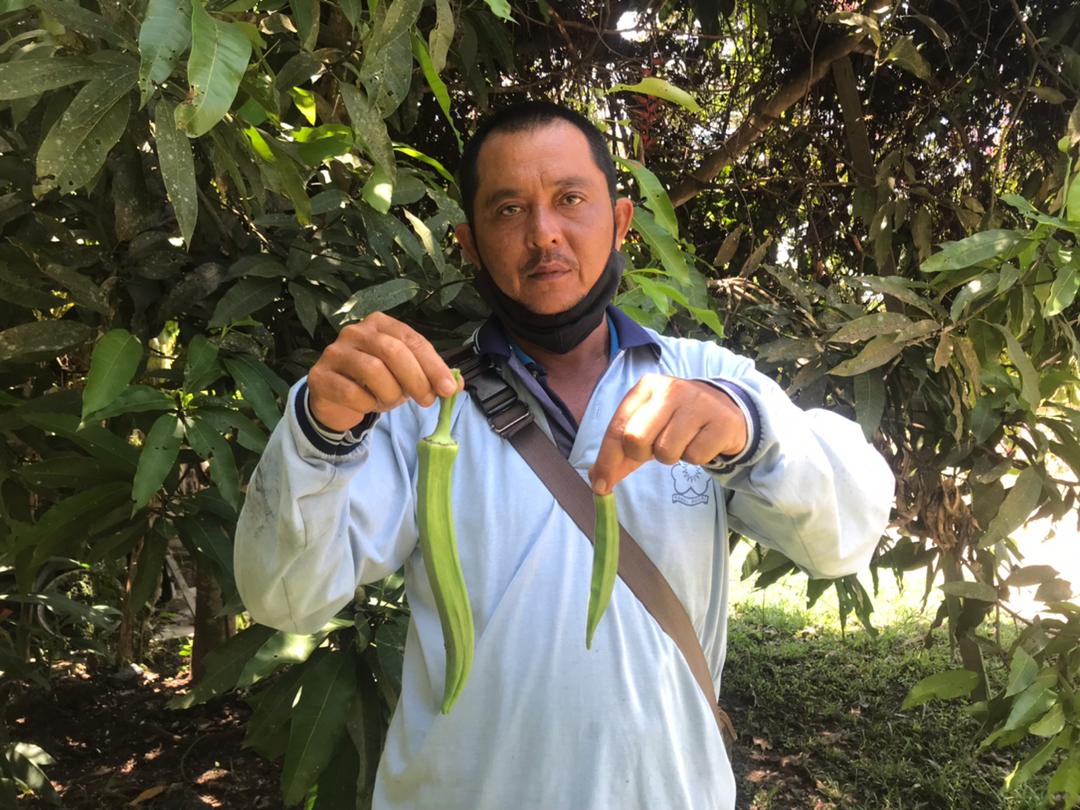
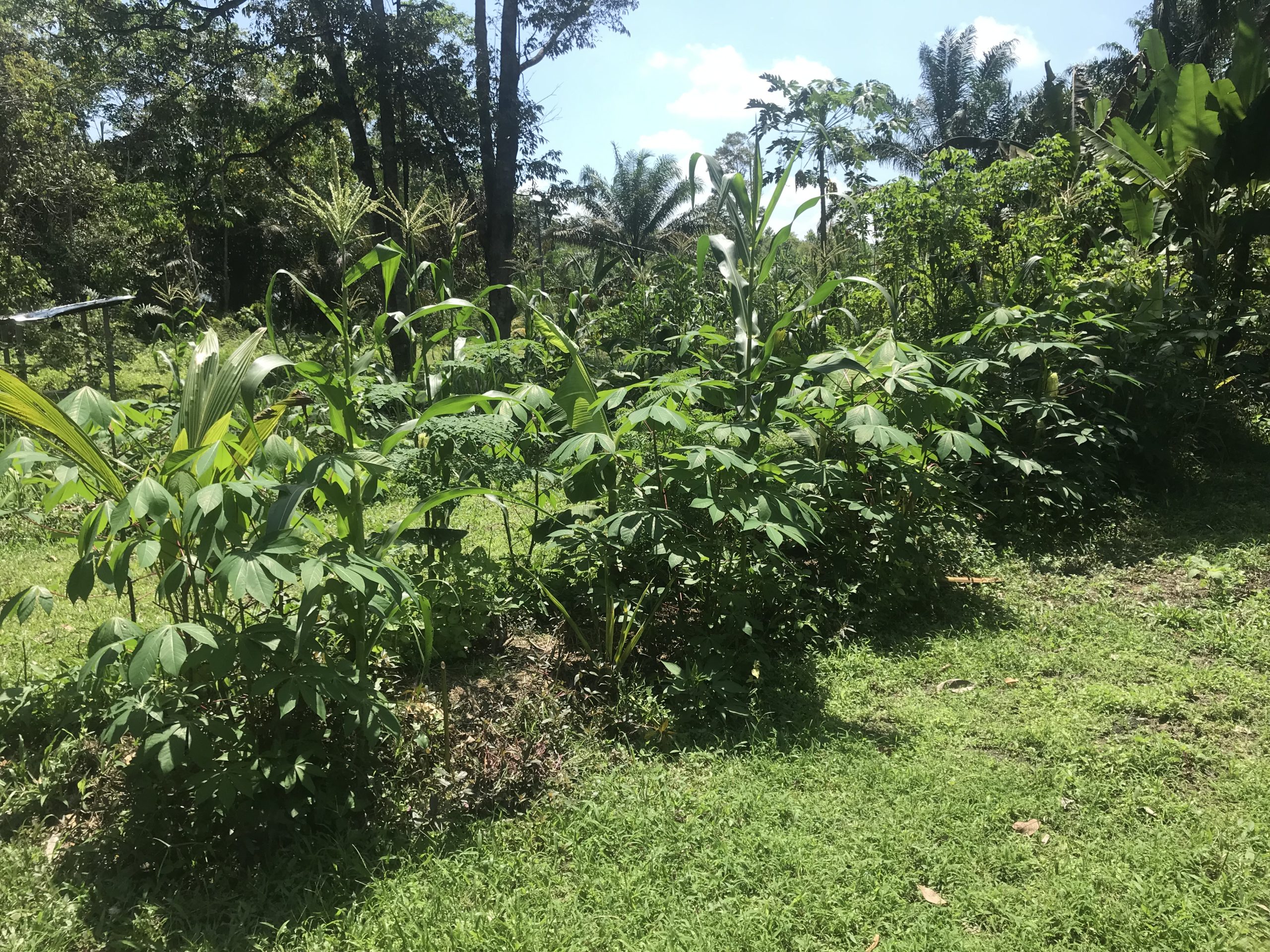
While this large-scale regenerative farming project is just at its initial stages, we are hopeful that the day will come when the Orang Asli will get to enjoy their harvest, gain the nutrition that they need and be able to support themselves and their families by selling their produce.
Follow us on our socials to get more updates on the Orang Asli’s journey to regenerative food farming and click here if you’d like to get in touch with us!
Written by:
Pamela Victor, Communications Officer







4 Comments